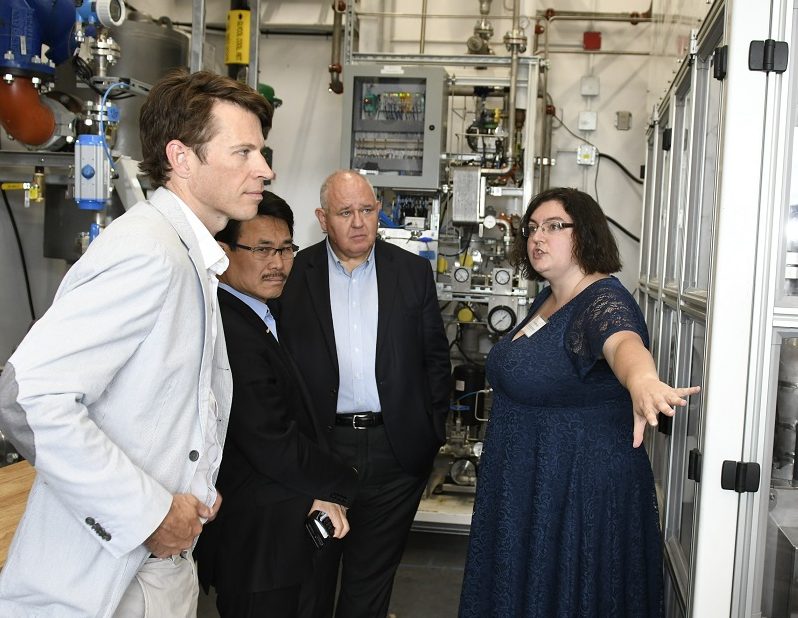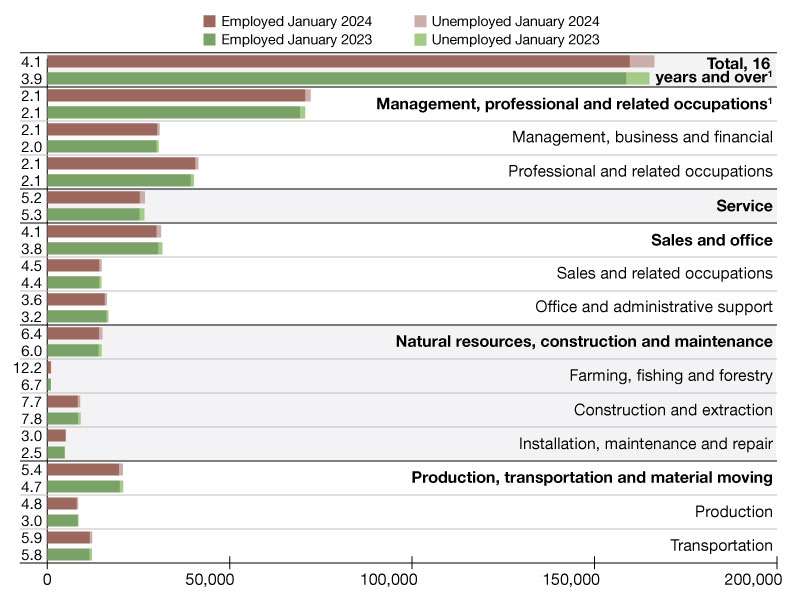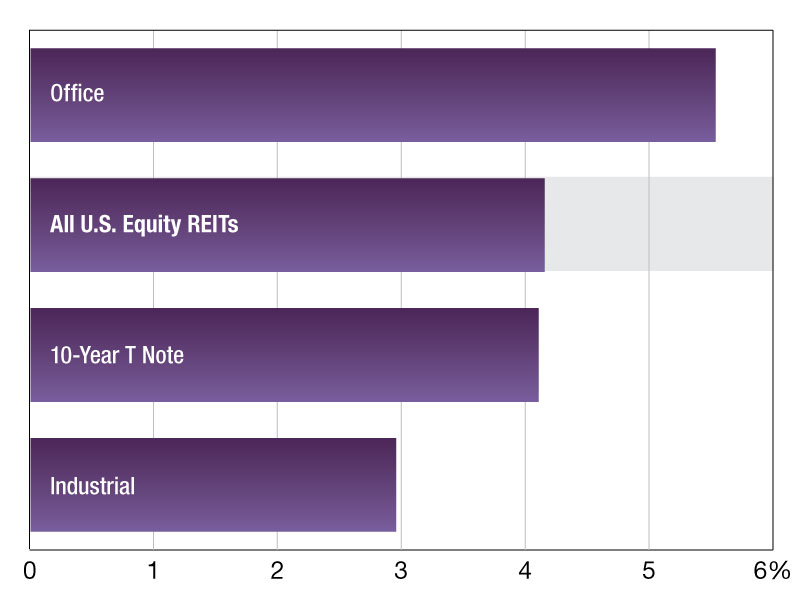Novel Power-to-Gas System Debuts
A facility in Ontario is the first in North America to store surplus electricity using hydrogen.
By Gail Kalinoski

Officials tour the first major power-to-gas storage facility in North America. (CNW Group/Enbridge Gas Distribution)
If you passed by Enbridge Gas Distribution Inc.’s Technology and Operational Centre in Markham, Ontario, you would never guess that it houses a pioneering energy storage system: the first facility of its kind to employ hydrogen in North America.
Enbridge, Canada’s largest natural gas distribution company, owns and operates the power-to-gas energy storage facility in a joint venture with Hydrogenics Corp., a Mississauga, Ontario-based developer and manufacturer of hydrogen generation and hydrogen fuel cell power systems. The Enbridge-Hydrogenics 2.5-megawatt facility features Hydrogenics’ next-generation proton exchange membrane (PEM) electryolyzer technology, which has the highest power density and smallest footprint of any similar system, according to Daryl Wilson, president & CEO of Hydrogenics.
“Drawing on our experience of providing large scale energy storage facilities in Europe, this new operation, managed with Enbridge, will be a showcase for our advanced technology in North America. With Markham up and running, Hydrogenics has now delivered over 25 megawatts of energy storage capacity using our Power-to-Gas expertise,” Wilson said in a statement.
The energy storage facility began operating in mid-July and is providing power grid stability and reliability services under a contract with the Independent Electricity System Operator (IESO) of Ontario. It is among several projects selected by the IESO four years ago to provide energy storage using clean energy technologies as a way to reduce energy costs and provide reliable energy during short-term changes in electricity use. The electrolyzer takes excess energy and uses it to split water into hydrogen and oxygen. The hydrogen is stored and when there is a demand for electricity, a fuel cell converts the hydrogen into electricity for the grid.
Compact footprint
Built into an existing garage on the site, the footprint for the 2.5-megawatt facility is very small internally where the electrolyzer and fuel cell are located. Outside are two hydrogen storage tanks, each about 30 to 40 feet long. The system, which has a storage capacity of 8 megawatt-hours, can easily be doubled and scaled up to a 5-megawatt platform.
“When we built this whole facility, one of the mandates I gave the team was build it so we could replicate this in any urban environment,” Enbridge Gas President Jim Sanders told Commercial Property Executive.
Sanders said Enbridge’s investment in hydrogen, a low carbon form of energy, is the company’s latest example of offering renewable and clean energy to its customers. The company owns three solar farms, three wind farms and a hydroelectric dam. The energy storage system is viewed as a way to reduce energy costs and can help reduce or defer the need for new energy infrastructure such as generation, poles and wires. The company is also looking at other ways to “make this a commercially viable operation,” he added.
“One of the options I like is capturing and selling the hydrogen,” Sanders said, noting the facility is already producing more hydrogen than Enbridge can use now and could sell the excess to manufacturers, high tech companies, hospitals and other users seeking very pure hydrogen.
It can also be used to fuel cars and trains. Sanders said the other goal is to inject the hydrogen into the natural gas stream to offset traditional natural gas to serve multiple energy markets possibly as soon as 2019. Enbridge is developing the equipment and standards now to safely manage the concentration of hydrogen relative to natural gas, which Sanders said would stay below 5 percent.
Bi-National Cooperation
Jim Tweedie, director of operation, safety and integrity management at the Canadian Gas Association, said CGA formed a task force with the American Gas Association several years ago to research power-to-gas projects already in operation and summarize results of projects that have blended hydrogen into existing natural gas streams from 1 percent to 5 percent. He said the Canada-U.S. P2Gas Task Force also toured the Markham plant before it was turned on.
The Canadian members have already approved the report and their American counterparts are currently considering it now. Tweedie said he hopes they sign off on it in time for it to be presented at a fall AGA meeting. He noted this report doesn’t make recommendations but “captured what is of value from a safety perspective” and summarizes them for companies considering injecting hydrogen into natural gas streams.
“We are going to talk about where we go next,” said Tweedie, who added the CGA and AGA also meet at the beginning of every year to share agendas and discuss other areas they can work on together.







You must be logged in to post a comment.